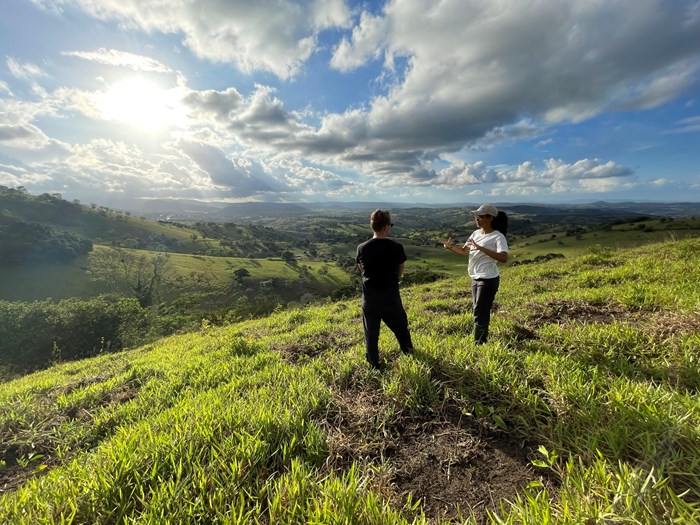Background
The Atlantic Forest is among the top five biodiversity hotspots of the planet. The biome is composed of a variety of rich ecosystems with high diversity. It occupies 15% of the Brazilian territory, being present in 3,429 municipalities of 17 States of the country where 70% of the Brazilian population live (145 million people) and most of the urban areas and industries are located. The Atlantic Forest covers nine of the 12 Brazilian hydrographic regions and many of its rivers have problems of water quantity and quality. This region is also very important for agricultural production, where most of sugarcane, orange, coffee and staple crops are produced. Thus, most of the national population, the economy and a lot of food production depend on the ecosystem services of the Atlantic Forest. However, from the original cover of 1,309,736 km2, only 31% of the native vegetation is left in a highly fragmented landscape.
Due to the increase in deforestation rates in the last years, a new deforestation monitoring system was created by SOS Mata Atlântica and Mapbiomas – SAD Mata Atlântica - a deforestation alert system. It complements the Atlas, which gives an annual perspective of the biome, by publishing alerts in an online platform on a monthly basis to support fiscalization in a timely manner aiming to contribute to control and prevent deforestation in the short term.
While there is a need for national monitoring and advocacy, regional and local actions and projects are fundamental to scale the conservation of the biome, especially in the context of the new federal government. Local capacity is important to support control of deforestation and restoration. With the Atlantic Forest being present in 17 diverse states of Brazil, an understanding of the local context and regional and local leadership is necessary to design and implement conservation projects effectively. Despite the existence of alliances and networks of organizations of the Atlantic Forest, there is a lack of coordination for the development and implementation of collective projects.





